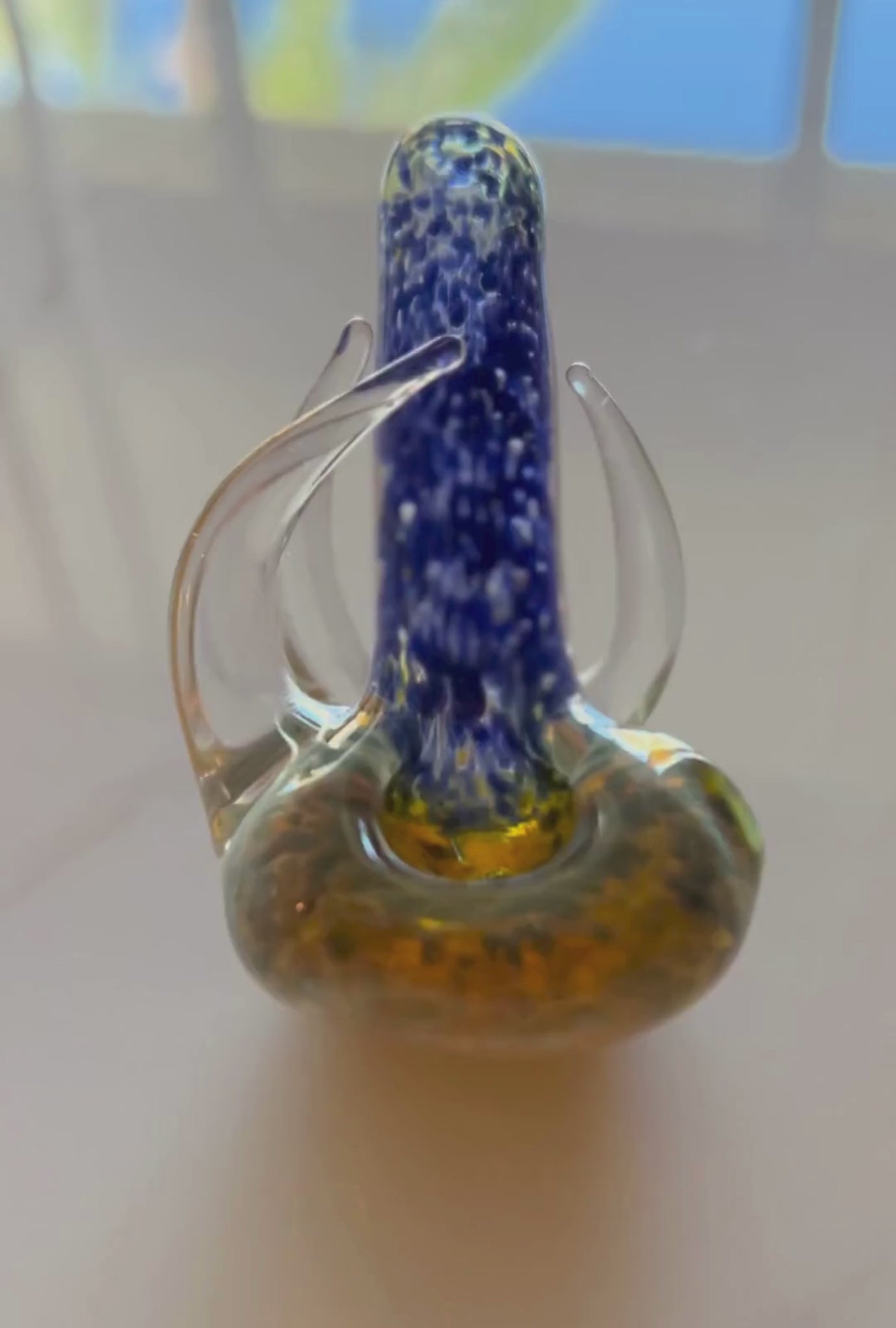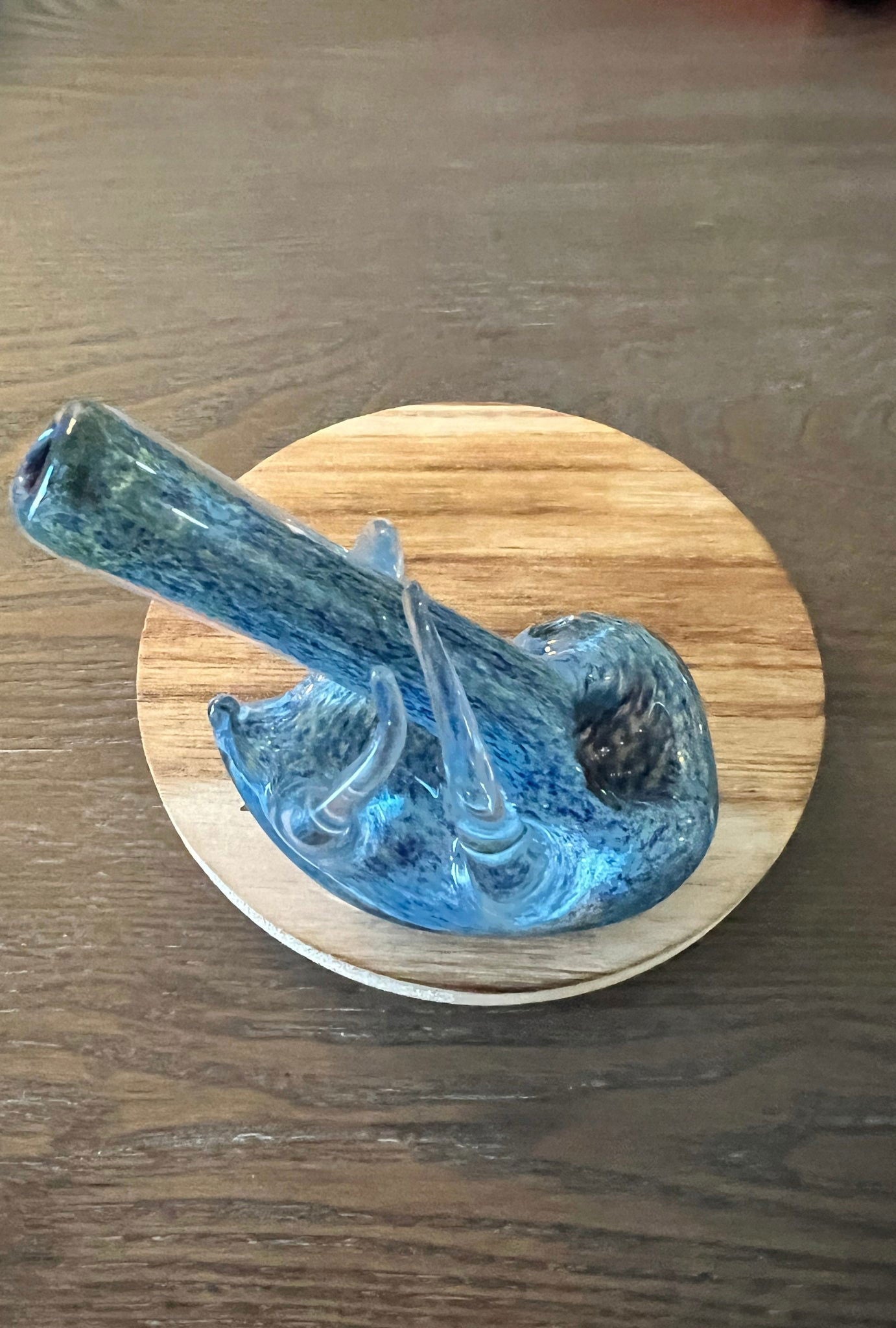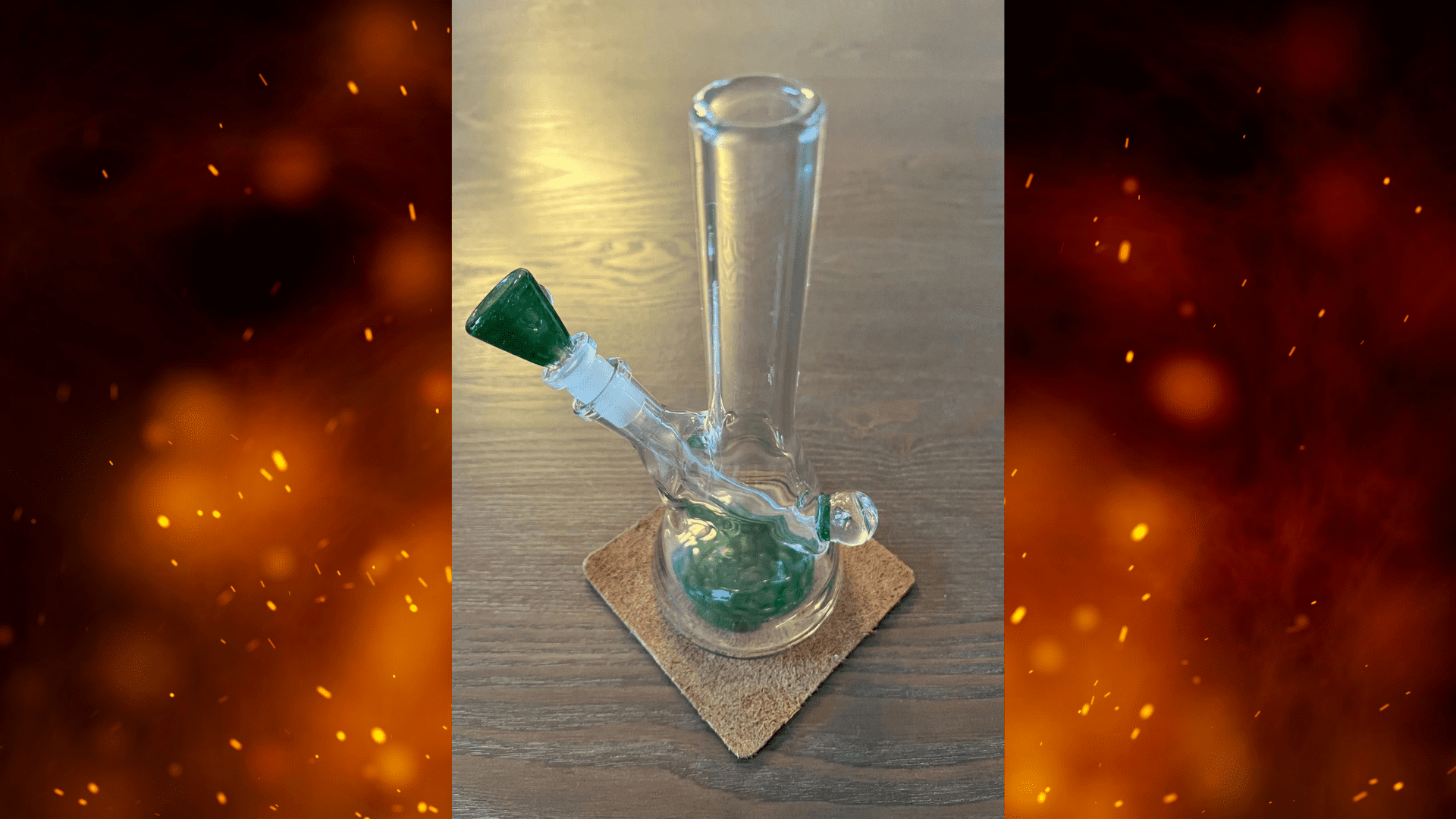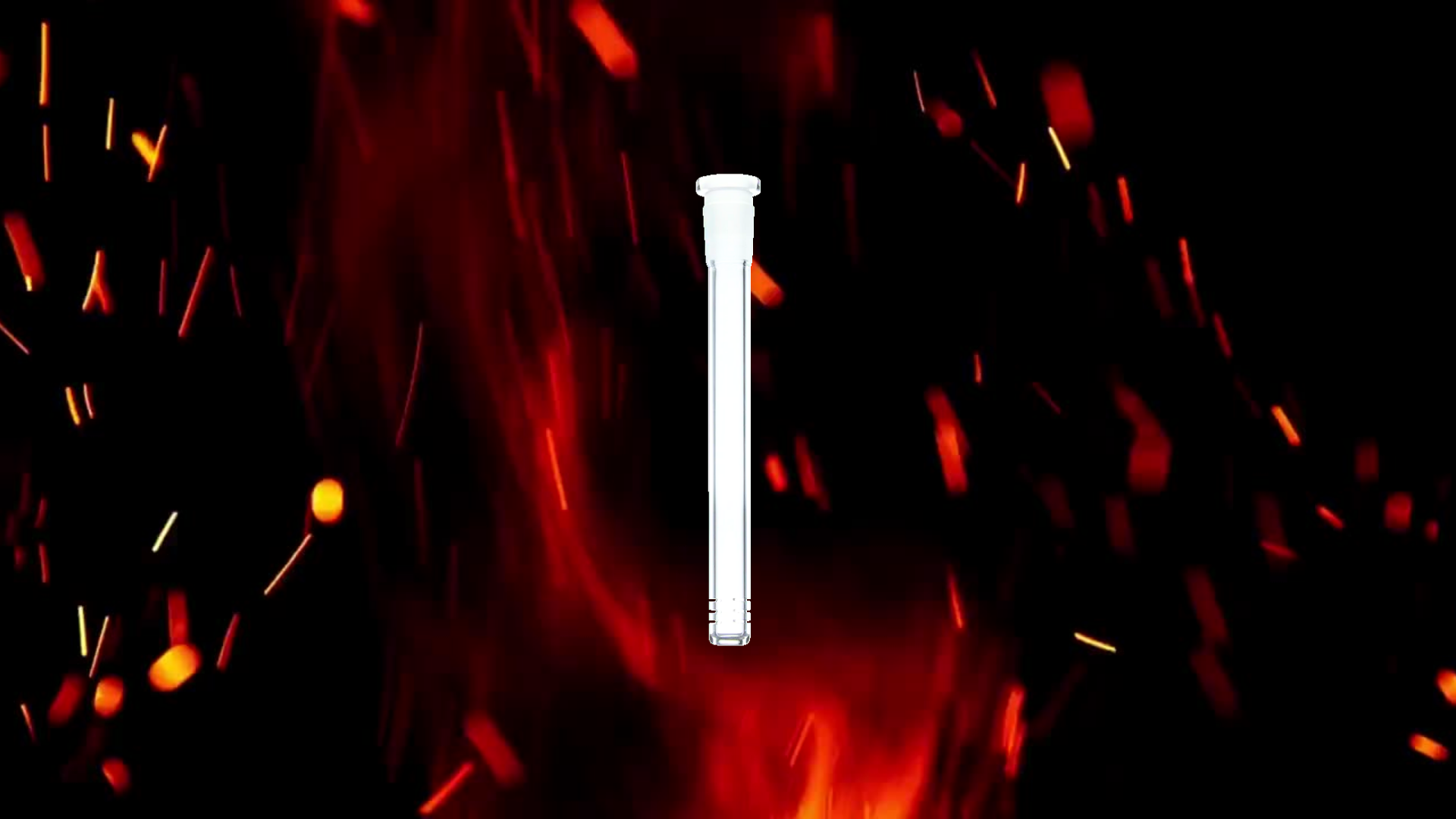
INTRODUCTION TO BONG DOWNSTEMS
If you've ever wondered why your bong hits feel smoother or harsher depending on the setup you have, the downstem might be the key component you've been overlooking. A seemingly simple yet essential part of a bong, the Downstem plays a pivotal role in your smoking experience.
This guide explores downstem anatomy, helps with choosing the perfect one, and provides tips for optimal maintenance.
What is a Downstem?
get 10% off your next purchase - sign up today
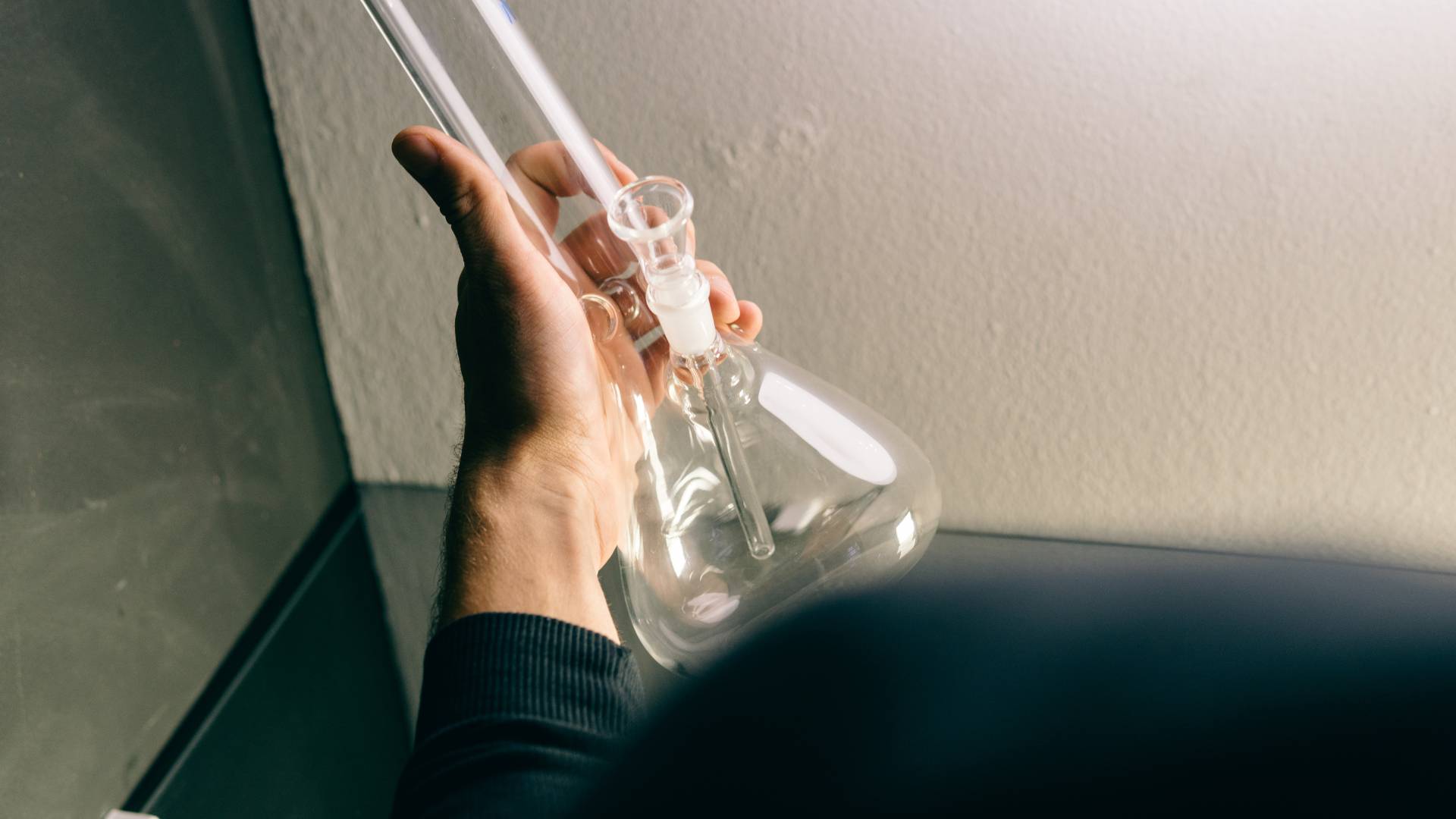
Definition and Function
A downstem is a tubular piece that connects the bowl of your bong to the water chamber. It serves as a conduit for the smoke, pulling it through the water to filter and cool it before it reaches your lungs.
Basic Anatomy
Downstems consist of a tube, a joint, and usually some form of holes or slits at the end submerged in water. These components work together to filter and cool the smoke.
The Role of a Downstem in Smoke Filtration
By drawing smoke through water, the downstem helps filter out harmful toxins and cool the smoke, making your hits smoother and more enjoyable.
Types of Downstems
When it comes to downstems, one size doesn't fit all. Various materials and designs cater to different needs and preferences. Let's explore the different types of downstems available on the market to help you make an informed decision.
Glass Downstems
Glass downstems are the most commonly used and are known for their clean and pure flavor. They often come standard with glass bongs and offer a straightforward, effective way to smoke.
Pros and Cons:
Pros
- Excellent flavor preservation
- Generally affordable
- Wide availability
Cons
- Fragile and prone to breakage
- May require frequent cleaning
Best Uses: Ideal for indoor and casual home use where there's less risk of dropping or breaking.
Silicone Downstems
Diffused downstems take filtration to the next level by having multiple slits that create more bubbles, cooling the smoke more efficiently.
Pros and Cons:
Pros
- Superior smoke cooling and filtration
- Smoother hits
Cons
- Can be harder to clean
- Generally more expensive than basic downstems
Best Uses: For those who prioritize smoothness and are willing to put in the effort to keep it clean.
Custom Downstems
Custom downstems allow you to add a personal touch to your smoking experience. Whether it's unique designs or enhanced functionality, custom downstems provide a unique experience.
Pros and Cons:
Pros
- Unique designs and features
- Tailored to your specific needs and aesthetics
Cons
- Usually expensive
- May take time to produce
Why You Might Want One: If you're looking to improve the aesthetics or functionality of your bong and are willing to invest in it.
How to Choose the Right Downstem
Compatibility
- Diameter and Length: Make sure to measure the interior diameter of your bong's joint and the length you'll need.
Material
- Durability: Choose a material that suits your lifestyle—glass for purity of flavor, silicone for durability, etc.
Design and Functionality
- Airflow: Consider how many holes or slits you want for your level of desired filtration.
Budget
- Price Ranges: Downstems can range from budget-friendly to high-end. Choose one that fits your budget but doesn't compromise on quality.
Do's and Don'ts
Do
- Make Sure It Fits Properly: A poor fit can lead to leaks or even breakage.
- Consider Your Smoking Style: If you prefer smoother hits, consider a diffused downstem.
Don't
- Force a Downstem into an Incompatible Bong: This could lead to breaking either the downstem or the bong.
- Neglect Regular Cleaning: Build-up can affect both flavor and airflow. Plus, resin build-up can result in the downstem becoming stuck in your bong.
Maintenance and Cleaning
Keeping your downstem clean isn't just about making it look good; it's about preserving its functionality and extending its lifespan. Accumulated resin and debris can alter the flavor of your smoke and hinder smooth airflow. Here's a detailed step-by-step guide on how to clean your downstem effectively:
Materials Needed
- Isopropyl alcohol (at least 91%)
- Coarse salt
- Ziplock bags or a container that can be sealed
- Pipe cleaners or cotton swabs
- Warm water
- Towel or paper towels
Steps
Step 1: Remove and Rinse the Downstem
- Carefully remove the downstem from the bong.
- Rinse it under warm water to dislodge any loose particles.
Step 2: Prepare the Cleaning Solution
- Fill a Ziplock bag or a sealable container with enough isopropyl alcohol to completely submerge the downstem.
- Add a tablespoon of coarse salt into the alcohol. The salt acts as an abrasive, helping to scrub off residue.
Step 3: Soak the Downstem
- Submerge the downstem into the alcohol and salt mixture in the bag or container.
- Seal the bag or container and shake it gently, making sure the mixture reaches all parts of the downstem.
- Let the downstem soak for at least 30 minutes, although an hour or overnight is ideal for heavy build-up.
Step 4: Scrub with Pipe Cleaner or Cotton Swabs
- After soaking, remove the downstem from the cleaning solution.
- Use a pipe cleaner or cotton swabs to scrub any remaining residue. The alcohol and salt should have loosened most of it, making this part easier.
Step 5: Rinse Thoroughly
- Rinse the downstem with warm water to remove any remaining cleaning solution and dislodged debris.
Step 6: Dry Completely
- Pat the downstem dry with a towel or paper towels.
- Allow it to air-dry completely before re-inserting it into your bong.
Learn how to clean a glass bong by reading on.
Maintenance Tips
- Regular cleaning is essential. Depending on usage, aim for a cleaning routine either weekly or bi-weekly.
- Inspect your downstem for cracks or damage regularly. Damaged downstems should be replaced immediately to avoid injury.
Conclusion: Now That You Know All Things Downstem
The downstem is an often-overlooked yet crucial component of your bong setup. From the material you choose to the design that suits your smoking style, each decision impacts your overall experience. Now armed with this comprehensive guide, you're ready to make an informed choice and elevate your smoking sessions.




